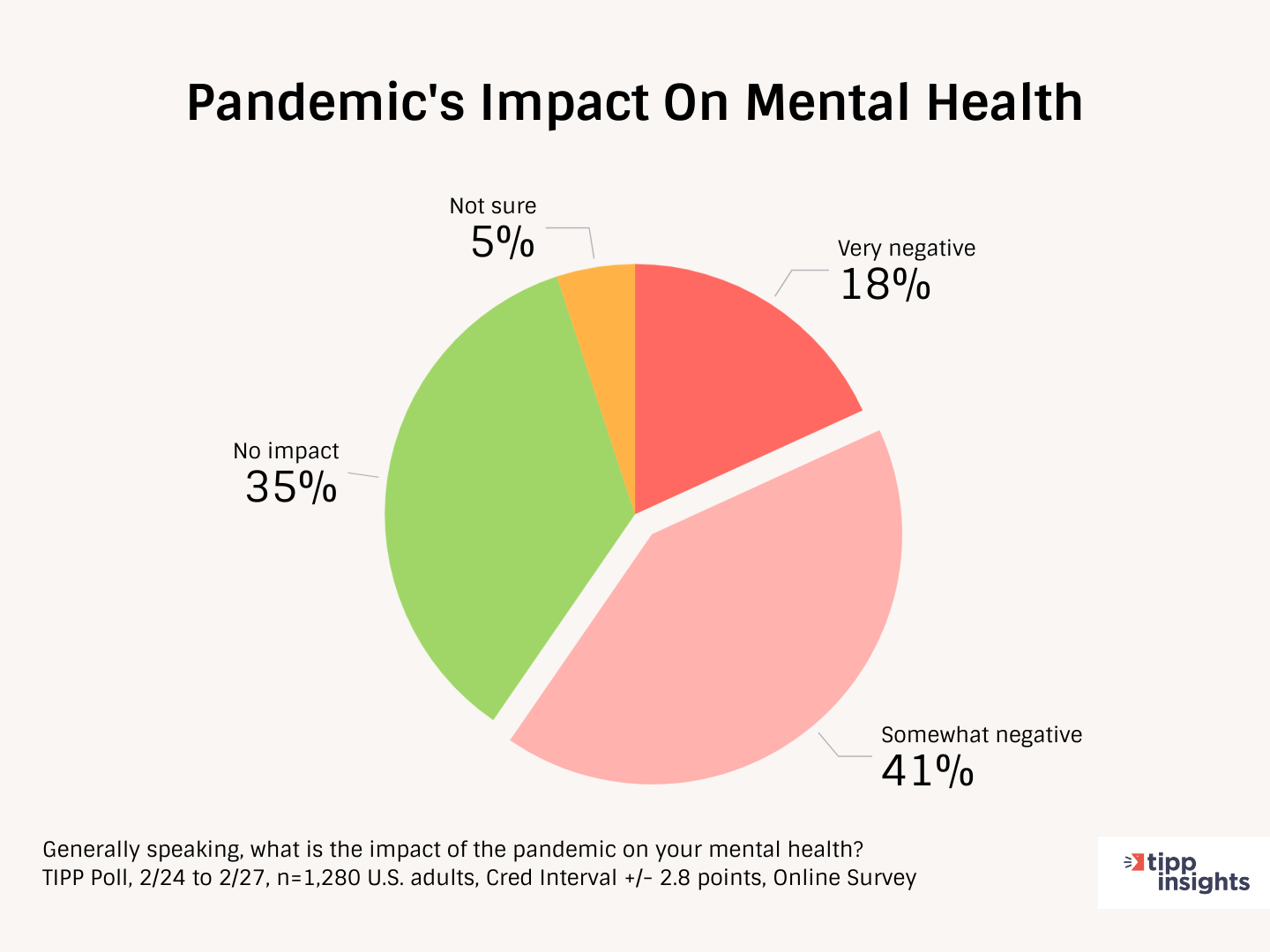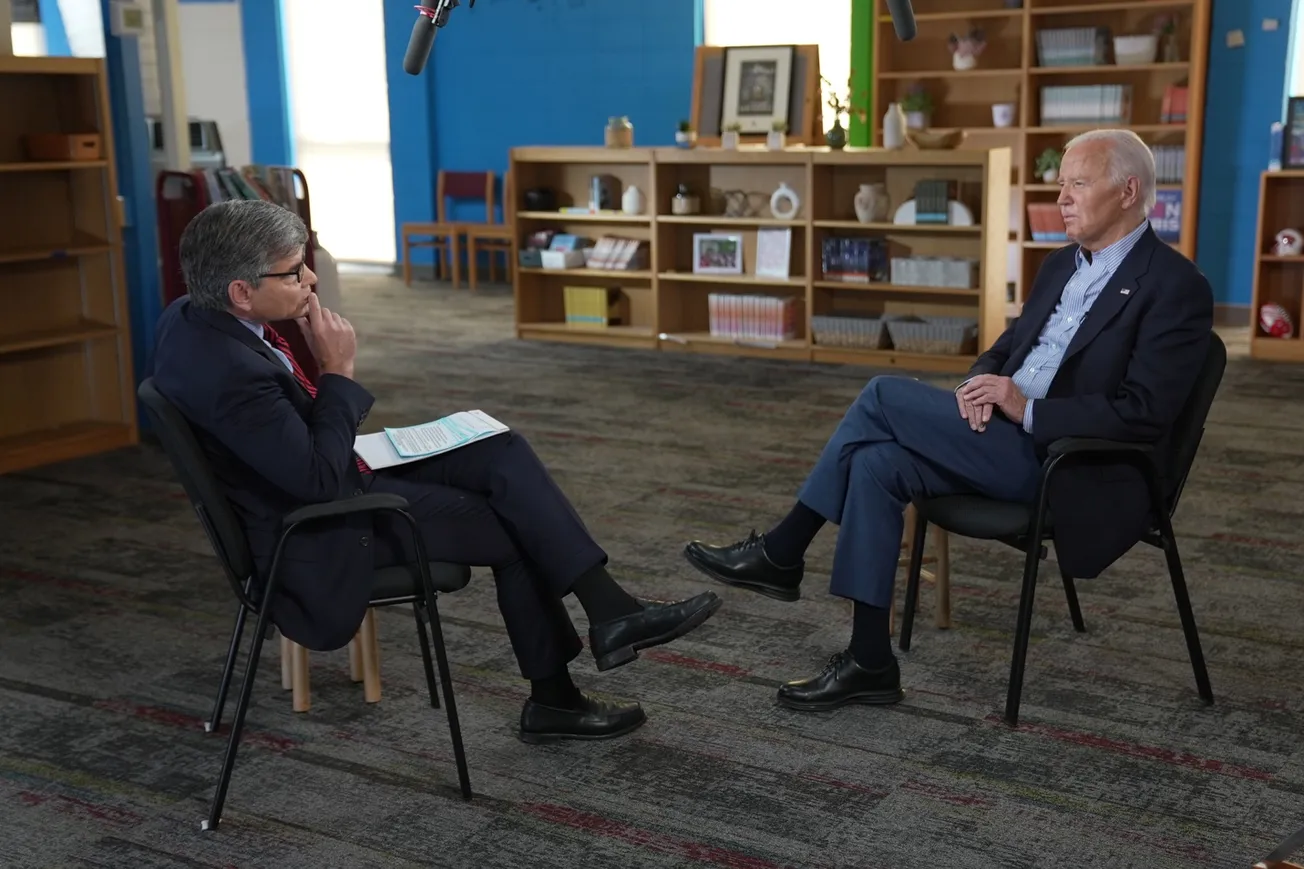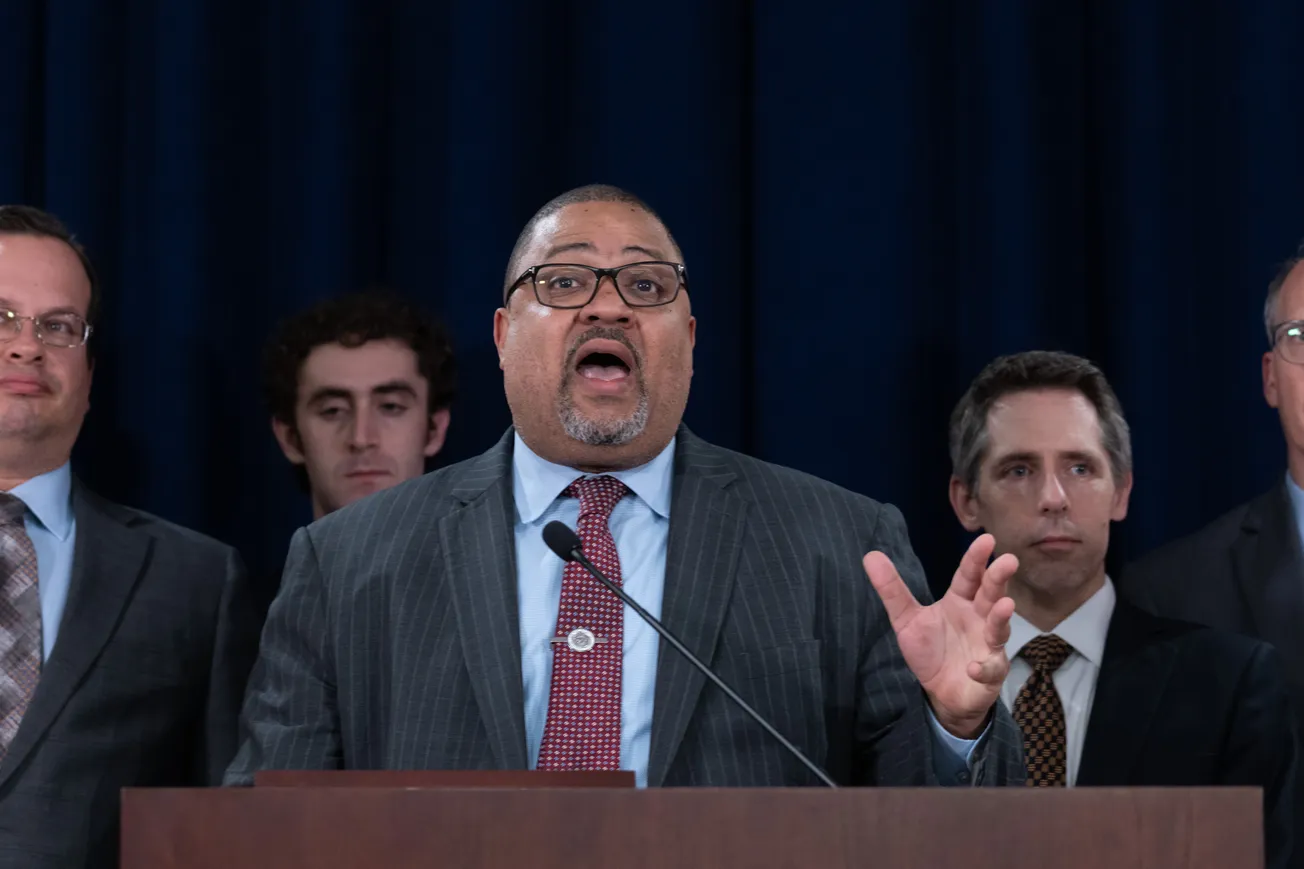We are 'connected' and thus 'informed' like never before. Almost every hour, there is a 'breaking news,' and more than often, it's negative news. Is our world so bad that there are only disasters, scandals, crime, and corruption to report? Is there nothing good happening around us? Are we as a society on the brink of moral collapse? The news outlets will have us believe so.
Why does negative news get so much airtime and print space while good deeds and positive developments only garner passing mentions?
The first reason lies in what is considered newsworthy. 'News' is not necessarily what is new but what will grab the viewer's attention. It is an incident or issue that will evoke a strong emotional response.
Take the analogy of a train journey. A train running from A to B makes about ten trips a day, with 500 passengers on each trip. Nine of those trips go smoothly – nothing to report here. On one trip, one person suffers an accident. This incident is 'worth' reporting. The nine other trips completed without any untoward incident have no 'news value.' Like the impeccable record of the train company, most positive stories are built over time. They are not standout incidents, just like alleviating people from poverty or improving services don't happen overnight.
Next, the viewers and readers are primarily responsible for the media slant towards negative news. As part of our evolution, we are predisposed to seek out and remember information that could cause us harm. It is part of our survival mechanism. In the present day, news outlets exploit this 'negative bias' to keep us tuned in.
Staying tuned in causes 'availability bias.' The first examples that come to mind when thinking about a topic gain more significance even if they are not fully applicable to the current situation.The more negative incidents and instances one is exposed to, the more likely one is to retain and recall those.
Lastly, there is 'confirmation bias.' All of us like to be correct. The more personally relevant or vital the issue, the higher the tendency to compute information to bolster one's existing beliefs and theories. In a nutshell, the media keep churning out stories that grab our attention, keep us hooked and reinforce our beliefs.
Negative Reporting During The Pandemic
The National Bureau of Economic Research recently published a working paper, 'Why is all Covid news bad news?' authored by Dartmouth College economics professor Bruce Sacerdote, Ranjan Sehgal, and Molly Cook. They analyzed 43,000 stories published about COVID-19, broadly classified under increase/decrease in Covid cases, vaccines and reopening, since January 2020.
The key findings in the report are listed below:
- The top 15 U.S. media outlets, based on readership/viewership, are 25 percentage points more likely to put out negative COVID-19 stories than the rest of the U.S. media or the international media.
- The negativity level does not coincide with the rise or fall in new weekly cases of COVID-19 in the U.S.
- The most popular stories, irrespective of the type of article, have high negativity levels from media outlets like The New York Times, CNN, and the BBC. This is more so in the case of COVID-19-related articles. Even in areas where there are positive developments, such as school re-openings and vaccine trials, the negativity of the major U.S. media is noticeable.
- The political leanings of the audience/readers do not seem to affect (increase or decrease) the negativity put out by the media outlets.
- Counties in the United States that rely more heavily on major media are just as likely as other counties to reopen schools.
According to the research, 87 percent of U.S. stories are negative, compared to only 51 percent of non-U.S. stories. One could argue that these were stories relating to an unprecedented pandemic and that the media had to walk a thin line between advising caution without raising false hopes. However, this does not explain why stories about the vaccines' development were withheld for several weeks.
One surprising finding in the study is that the media outlets, irrespective of their political leanings, put out equally negative reports about the pandemic, its vaccine, and school reopening.
What Does All This Negative News Do To Us?
Our morbid fascination with negativity does profoundly impact our psyche as a society. Experts are studying the detrimental effects of our 24/7 news culture, and the emerging picture is not rosy.
Studies over the years have shown that excess 'news' is inducing anxiety and stress. The impact on the mental health of the 'connected' population has led media outlets like the BBC, Time magazine, and CNN to carry articles on the issue.
Research shows that the share of U.S. adults who exhibit depression symptoms has risen threefold since the start of the pandemic. In a recent TIPP poll, nearly 60% of Americans reported a negative impact on mental health due to the pandemic.

When discussing the rise in mental health issues, the Centerfor Disease Control and Prevention advises against excessive news stories about the pandemic.
The negative news culture is gradually shaping our attitudes and making us apathetic. It is likely putting a damper on our society's morale. We are yet to understand the full scope of harm negative news is doing to our bodies and minds.
Towards positivity
The media, especially in the U.S., enjoys no mass public funding. To stay in business, they need an audience and consumers. What we click on is what is considered relevant and demanded by the public.
As consumers of news, it's a vicious cycle that we have to make a conscious and concerted effort to break out of. We, as a society, must learn to unplug from 24-hour news. We must understand the difference between a blog and a news report, between opinion and fact. We must be 'digitally literate' to seek authentic and reputable services that provide 'news' and not just 'op-eds.' Above all, we must be aware that each click, comment, view, or share counts. In the click of our fingers lies the power to turn to more positive news.
Anjali Krishnan contributed to the story.









